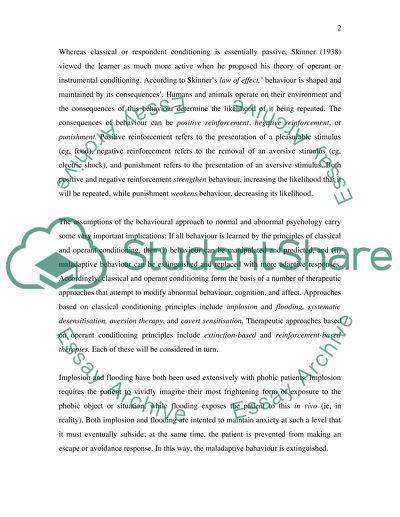Cite this document
(“Behavioural approach to normal and abnormal psychology Essay”, n.d.)
Retrieved from https://studentshare.org/psychology/1523033-behavioural-approach-to-normal-and-abnormal-psychology
Retrieved from https://studentshare.org/psychology/1523033-behavioural-approach-to-normal-and-abnormal-psychology
(Behavioural Approach to Normal and Abnormal Psychology Essay)
https://studentshare.org/psychology/1523033-behavioural-approach-to-normal-and-abnormal-psychology.
https://studentshare.org/psychology/1523033-behavioural-approach-to-normal-and-abnormal-psychology.
“Behavioural Approach to Normal and Abnormal Psychology Essay”, n.d. https://studentshare.org/psychology/1523033-behavioural-approach-to-normal-and-abnormal-psychology.


